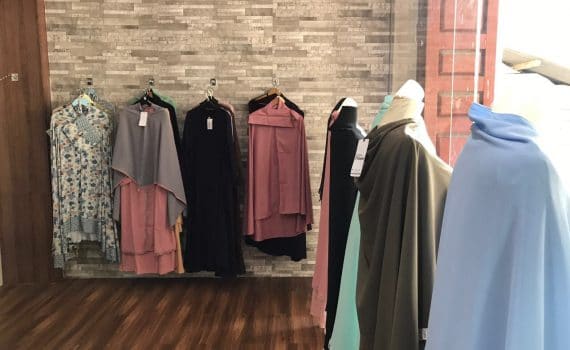Global Trends in Custom Fashion Garment Design 2024 reflect a dynamic shift towards individuality, sustainability, and technological innovation. As the fashion industry continues to evolve, consumers are increasingly seeking unique, personalized clothing that aligns with their values and identities. This year’s trends highlight a blend of traditional craftsmanship with modern techniques, creating a vibrant landscape for custom garment design.
The Rise of Personalized Expression
One of the most significant trends in 2024 is the growing demand for personalized fashion. Consumers are no longer satisfied with mass-produced items; they want garments that reflect their personal style and story. Custom designers are responding by offering tailored services that allow clients to choose fabrics, colors, patterns, and even specific details like button styles or embroidery. This level of customization not only enhances the uniqueness of the garment but also fosters a deeper emotional connection between the wearer and the clothing.
Sustainable Materials and Ethical Practices
Sustainability has become a cornerstone of the fashion industry, and 2024 is no exception. Custom garment designers are increasingly prioritizing eco-friendly materials such as organic cotton, recycled polyester, and plant-based dyes. Additionally, many designers are adopting ethical production practices, ensuring fair wages and safe working conditions for artisans. This shift not only appeals to environmentally conscious consumers but also supports a more responsible fashion ecosystem.
Technological Integration in Design
Technology is playing an essential role in shaping the future of custom fashion. Digital tools such as 3D modeling, AI-driven design software, and virtual fitting rooms are revolutionizing the way garments are created and experienced. These innovations allow for greater precision in measurements, faster prototyping, and a more interactive customer experience. For instance, some designers now offer augmented reality (AR) sessions where clients can visualize how a garment will look before it is made.
Cultural Fusion and Global Inspiration
Another notable trend is the fusion of global cultures in custom fashion design. Designers are drawing inspiration from diverse traditions, incorporating elements like traditional textiles, motifs, and techniques from different regions. This cultural exchange not only enriches the design process but also promotes inclusivity and appreciation for global heritage. For example, a designer might combine Japanese kimono silhouettes with Western tailoring, resulting in a one-of-a-kind piece that celebrates both cultures.
Collaborations Between Artists and Designers
Collaborations between artists, musicians, and fashion designers have become more prevalent in 2024. These partnerships often result in limited-edition collections that blend artistic vision with high-quality craftsmanship. Such collaborations not only attract new audiences but also elevate the status of custom fashion as a form of art. For instance, a musician might work with a designer to create a collection inspired by their latest album, creating a powerful synergy between music and fashion.
The Role of Social Media in Promoting Custom Fashion
Social media platforms have become crucial in promoting custom fashion. Instagram, TikTok, and Pinterest serve as powerful tools for designers to showcase their work, engage with clients, and build brand loyalty. Through visually appealing content and storytelling, designers can reach a global audience and foster a community around their craft. Moreover, these platforms enable real-time feedback, allowing designers to refine their offerings based on consumer preferences.
Challenges and Opportunities in the Custom Fashion Industry
While the custom fashion industry is thriving, it also faces challenges. High production costs, limited scalability, and the need for skilled artisans can make it difficult for small designers to compete with larger brands. However, these challenges also present opportunities for innovation and collaboration. By leveraging technology, building strong online communities, and focusing on niche markets, custom designers can carve out a sustainable space in the industry.
Conclusion
The global trends in custom fashion garment design for 2024 underscore a shift towards personalization, sustainability, and technological integration. As consumers continue to seek unique and meaningful fashion experiences, the industry must adapt and innovate to meet these evolving demands. With a focus on cultural diversity, ethical practices, and creative collaboration, custom fashion is poised to remain a vital and influential force in the world of fashion.
